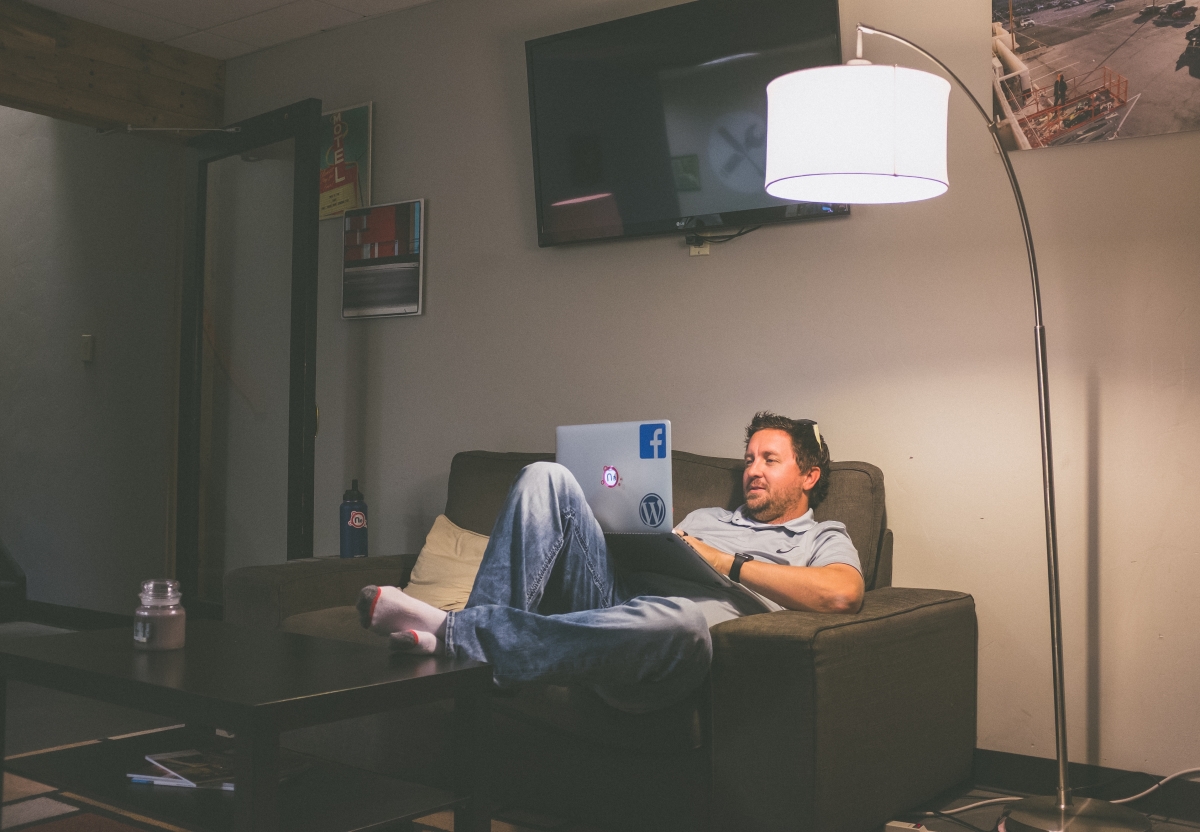Why should you look to kick distraction out of your work?
If you’ve got your idea and you’re dead set about transforming it into a reality that can change the world, introduce a solution, or even line your pockets, you need to maximise your productive time.
Distractions slow you down like a ball and chain, keeping you from reaching your potential, and this can become overwhelming, expensive, and disorganised.
Scrolling Facebook and Twitter, messaging your mates on Messenger, and chatting with your colleagues in the office are just a few examples of ways that you are not working optimally. It’s not that these are necessarily bad things, but flicking from one activity to another, such as going to working to watching cat videos and back to working will use precious time and require adjustment periods for your brain.
Right, let’s help you concentrate.

Step one - Break it down
The monstrous task in front of you is big and scary, that’s why you hide behind distractions. Let’s make Goliath look a lot smaller and turn you into David by breaking down the huge task into small milestones that reduce your sense of being overwhelmed. If you can break important tasks down into 1 hour or 30-minute slots, it will help you focus on one thing at a time, getting you closer to your goal faster.
Step two - Switch on ‘silent’ mode
Turn off your notifications, close your email client, turn your phone over, close social media tabs, mute Slack and Skype, and get ready to do some undisturbed work. We are so used to the immediacy of communication that when we receive a notification we immediately check and respond to it, completely abandoning the task we were previously doing. Don’t get sucked in, keep your focus to the task at hand and respond when you’re done.
Step three - Bulk processes
Some of the world’s finest business-people break their tasks down into batches during the day and organise themselves in a way that avoids the distractions of multi-tasking. If you receive a lot of emails, dedicate one hour to replying. If you have some calls to make, block out an hour for them. Batch processing allows your neural pathways to stay focused on the task at hand, making you quicker and more efficient.
Step four - Block out the noise of the outside world
Pop in your headphones, put on some music that allows for concentration (Spotify has hundreds of playlists specifically for this purpose), and enter into your own bubble. If you work in a space with others, simply having headphones in will stop many of them from trying to get your attention. Talking to colleagues is the number one distraction for office workers, so try to reduce this.
Step five - Get out of the office
With no colleagues to chat to and no meetings to get brought in to, you can focus on your own work. One of the best ways to do this is to work in a quiet environment on your own. Working from home is one idea, the library is another, coworking spaces are growing in popularity, and perhaps your office even has an empty meeting room that you can borrow if you aren’t permitted to leave during the working day.

Step six - Forget your phone
These wonderful handheld devices let us do almost anything, but when it comes to distractions, that’s exactly the problem. On days where you have a lot to do and really can’t afford distractions, it might not be the worst idea in the world to ‘forget’ your phone. You can hand it to a colleague for safekeeping, zip it in your bag, or simply keep it at home or in your car. Of course, for some tasks you will need your phone, so be sure to only take this step when possible and necessary.
Step seven - Don’t open your computer without a plan
If you open up your laptop without knowing what work you’re going to get cracking on with, you’re likely to get immediately distracted by all of the things that you had open from the last time you used it. It’s also really common for people to open their laptop and go through their start-up routine, for example, (when I’m not working) I check my Facebook, my emails, the news, the football updates, my Skype, and sometimes surfing through Spotify to find some great tunes. Try to get working as soon as you open that laptop.
Step eight - Remember to take breaks
There’s a very famous technique called Pomodoro that encourages you to work for 25 minutes and take a 5-minute break, or work for 50 minutes and take a 10-minute break. The theory behind this is that the brain needs a few minutes to rest and refresh in order to avoid getting burned out or overwhelmed. These breaks also give you the opportunity to plan how you will spend your next chunk of time working. Make a drink, get some fresh air, or do some stretches. The main point is to get off the screen.
Step nine - Find the tools that work for you
Here are a few that work well for me:
- Momentum - This Chrome extension helps you keep your focus when you try and change tabs.
- Egg timer - Time how long you work on tasks and keep yourself accountable to time.
- Stay Focused - Block certain websites while you’re working and avoid the temptation to surf the web.
Step ten - Remind yourself of the end goal
Make note of the things you want to accomplish with your project and stick them up on the wall in front of you. At the end of the day, losing out to the power of distraction only creates a greater distance between you and these accomplishments. Having a clear vision and visual stimuli for this vision will keep you accountable to yourself and your goals.
Have you joined up to our "6 Week Welcome Email Series" yet? This takes you incrementally through setting a vision and generating ideas. Click the button below.

